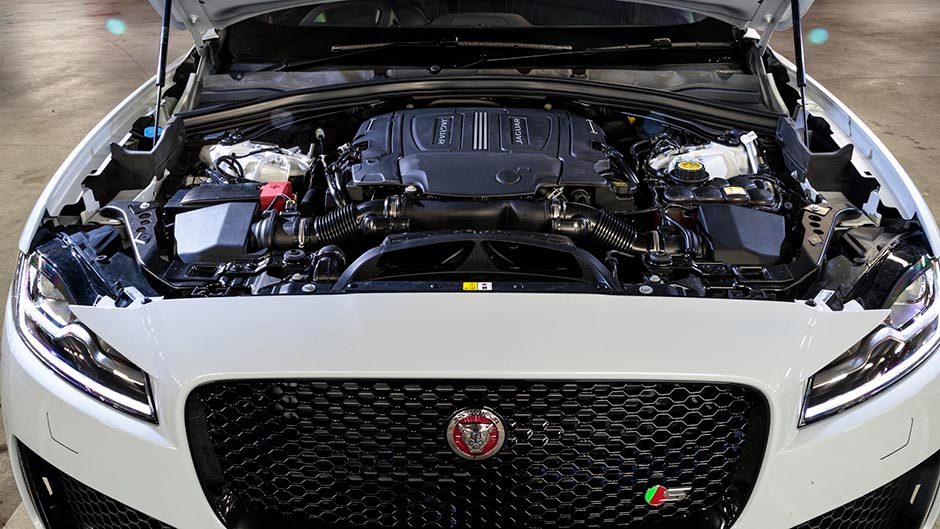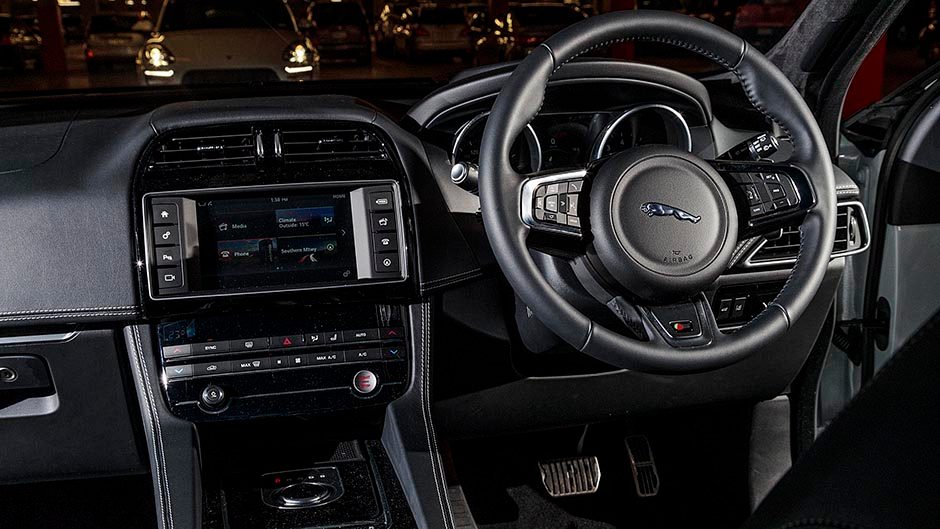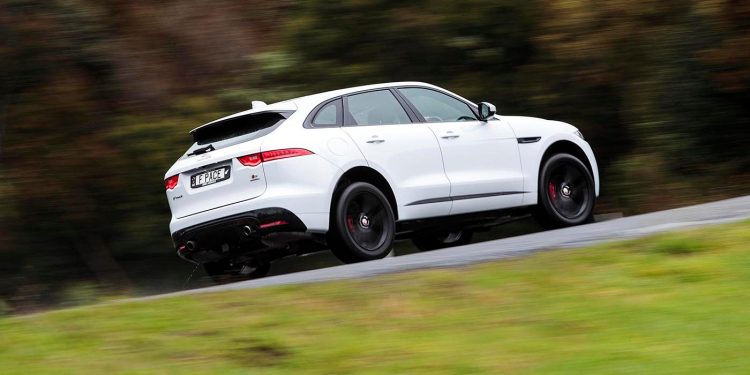2017 Jaguar F-Pace S review
Words: Shaun Summerfield | Photos: Tom Gasnier
When Lamborghini unveiled their Rambo-Lambo in 1986, it was little more than a curiosity; after all, why would a supercar manufacturer start building an SUV?
Thirty years on, Lamborghini is preparing to launch the Urus, an SUV that’s no oddity at all. It means the Italian is joining a growing list of carmakers you once would have put money on not producing an off-roader ever. However, like over-leveraged property investors bounding into the Auckland property market, carmakers continue to search for their own version of the high life by producing high riders.
From Bentley to Maserati to Mini, they will, without fail, claim to have produced a new class of SUV. It is all too easy to become jaded, as the marketing hype strays ever closer to BS, with each manufacturer trying to justify their place in the increasingly crowded segment.
Of all the badges I never expected to see on an SUV, Jaguar was near the top of the tiny list (McLaren & Ferrari are the other two). My reasoning was not based on romance and tradition, but rather the company’s name ‘Jaguar Land Rover.’ It seemed a perfect marriage: Jaguar does the smooth and Land Rover takes care of the rough. However, the bonnie idea of one badge taking the high road and the other the low road ended with the F-Pace.

Any reference to the end of the road though is horrifically unfair because the F-Pace is something of a revelation. JLR could so easily have been cynical and grafted some Jag-looking bodywork onto a stretched or down-sized Land Rover platform. Then the marketing department would have been able to spin the merits of Land Rover’s six-decades of off-road excellence being combined with Jaguars…um…style. Not a chance, the F-Pace is a Jaguar through and through.
That it sits higher and has all-wheel-drive capability seems an aside, because the F-Pace’s design is the clincher. Despite once saying he ‘would never ever’ design a Jaguar SUV, Ian Callum has cracked it on the first attempt. Jaguar’s head of design has created an SUV with a look that is neither incongruous nor hackneyed, yet it seems every part a Jaguar. Driving around the delightfully deserted Auckland during Christmas week, the F-Pace proved to be a constant head turner and on more than one instance a conversation starter. Most tellingly – everyone referred to it as the ‘new Jag’ rather than the F-Pace. How ironic is it that Callum’s design genius comes to the fore with the Jag that swaps sleek for slab?
Having driven the diesel version during the AMI-Autocar COTY judging, I jumped at the chance to spend some time in the range-topping supercharged model which goes as quickly as I expect the sales will. The 3.0 V6 was missing some of the aural drama the SC engine creates in the F-Type, instead producing a noise almost like a rotary engine. At certain speeds, especially with a light throttle loading, this can very quickly become an annoying buzzing-gurgle, which requires extra volume from the sound system to cancel it out. There is at least plenty of fizz to match the buzz, with 280kW/460Nm. It has the power to be quick enough to match its chief rival, the Porsche Macan S, on paper.

It is impossible not to reference the Porsche, not least because there is no precedent for how a Jaguar SUV should drive or even how it should feel. A huge amount of credit must go to Jaguar for the way the F-Pace steers. Top of the list is turn-in, which is spectacularly quick but never nervous. The steering is heavy, but once you calibrate to the way the car reacts to inputs it really is gobsmackingly impressive.
I am sure the body structure, which is 80 per cent aluminum, has a part to play in the remarkable level of body control, along with a chassis free of any legacy. By contrast to the stunning exterior, the interior is more familiar, and even in this top spec model feels minimal. The surfaces are all fine, but aside from the alcantara hood-lining which is irresistible to rub and the pointless yet beautiful grab handle on the transmission tunnel (which I couldn’t stop grabbing), there is little sense of occasion or anything $130k special. This is a shame in a car that has such genuine personality. You can’t help but feel that so much effort went on creating a brilliant exterior and chassis, and that the cockpit was a quick chuck-together job from the Jaguar parts bin. Sure, it’s unmistakably Jag but there is nothing that stands out from any of its sedan siblings. Maybe it needed a touch of Range Rover magic inside?
The overriding feeling is that Jaguar has finally built a car that will get the audience it deserves. Being a sporting luxury car maker isn’t enough nowadays, so it’s no accident that JLR looked to Porsche who hold the 911 as core to the brand, but it’s the Cayenne and Macan that keep the lights on. Even here in New Zealand Land Rover outsells Jaguar by around four-to-one. This is arguably the most relevant Jaguar ever.
| Model | Jaguar F-Pace S | Price | $130,000 |
| Engine | 2995cc, V6, SC/DI, 280kW/460Nm | Drivetrain | 8-speed auto, all-wheel drive |
| Fuel Use | 8.9L/100km | C02 Output | 209g/km |
| 0-100km/h | 5.38sec | Weight | 1993kg |





